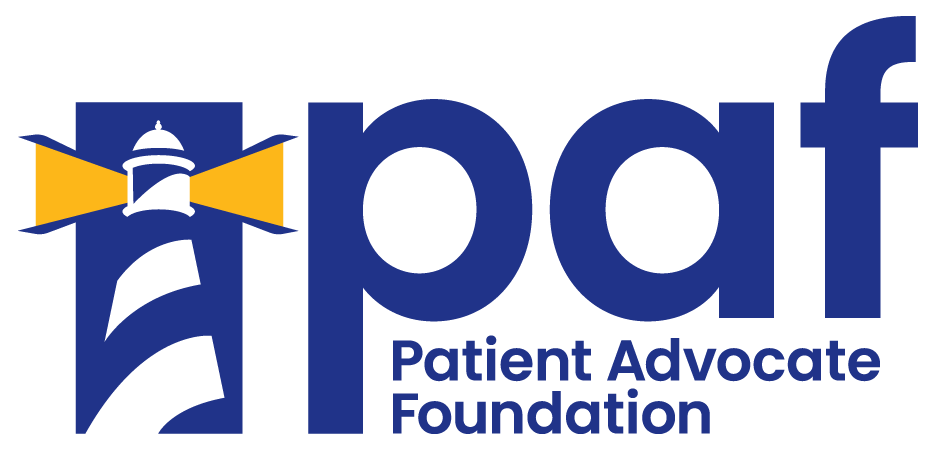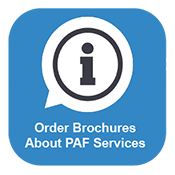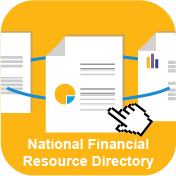Understanding Drug Tiers
One of the biggest healthcare barriers patients hit can be navigating the details of their prescription drug coverage options. If you know that you’ll need prescription drug coverage, it is important to research and choose a plan that covers your medication.
Under a healthcare plan, the list of covered prescription drugs is called a formulary. The formulary is usually divided into tiers or levels of coverage based on the type or usage of the medication. Each tier will have a defined out-of-pocket cost that the patient must pay before receiving the drug. During your research, you’ll want to ensure that if the medication you’re taking doesn’t have a generic version available, you choose a plan that covers brand-name prescriptions to help cover part of the cost. You’ll also want to be on the look-out for plans that require a co-pay percentage on high-level expensive drugs because these costs are often unaffordable and could leave the beneficiary with an outrageous out-of-pocket responsibility.
Many plans determine what the patient costs will be by putting drugs into four tiers. These tiers are determined by:
- Cost of the drug
- Cost of the drug and how it compares to other drugs for the same treatment
- Drug availability
- Clinical effectiveness and connection to standard of care
- and other cost factors, including delivery and storage
|
Tier 1 |
These drugs offer the lowest co-payment and are often generic version of brand name drugs |
|
Tier 2 |
These drugs offer a medium co-payment and are often brand name drugs that are usually more affordable. |
|
Tier 3 |
These drugs have the highest co-payment and are often brand-name drugs that have a generic version available. |
|
Tier 4 |
These drugs are considered specialty drugs and are typically used to cover serious illness. |
If your medication is not covered, double check with your doctor to see if there is another treatment option available to you.
You can also ask for an exception if:
- The drug you need is not on the formulary and it is the best treatment option for you
- The drug needs pre-authorization, has limits, or requires step-therapy
- The drug is covered but you would like it to be covered at a higher level
Additionally, if you have a chronic, rare or long-term illness that requires medication, you may be required to have certain prescriptions filled by a specific pharmacy network or a mail-order prescription program. Medications that require special storage, a handling requirement, are given by injection or infusion, need to be taken on a strict schedule, or require close monitoring for side effects are typically filled by specialty pharmacies. Specialty medicines cost more than more common medicines and often require prior authorization from the insurance company. With any prescription, you are required to pay the total amount owed prior to receiving the medication. If you are required to use a specialty pharmacy, a billing coordinator will work with you and your providers to streamline the process.
If you ever have questions about what is and what is not covered under your plan, contact your insurance company.
To learn more check out these publications: Exploring Drug Tiers and Formulary Exceptions and PAF Articles: Drug Tiers.










